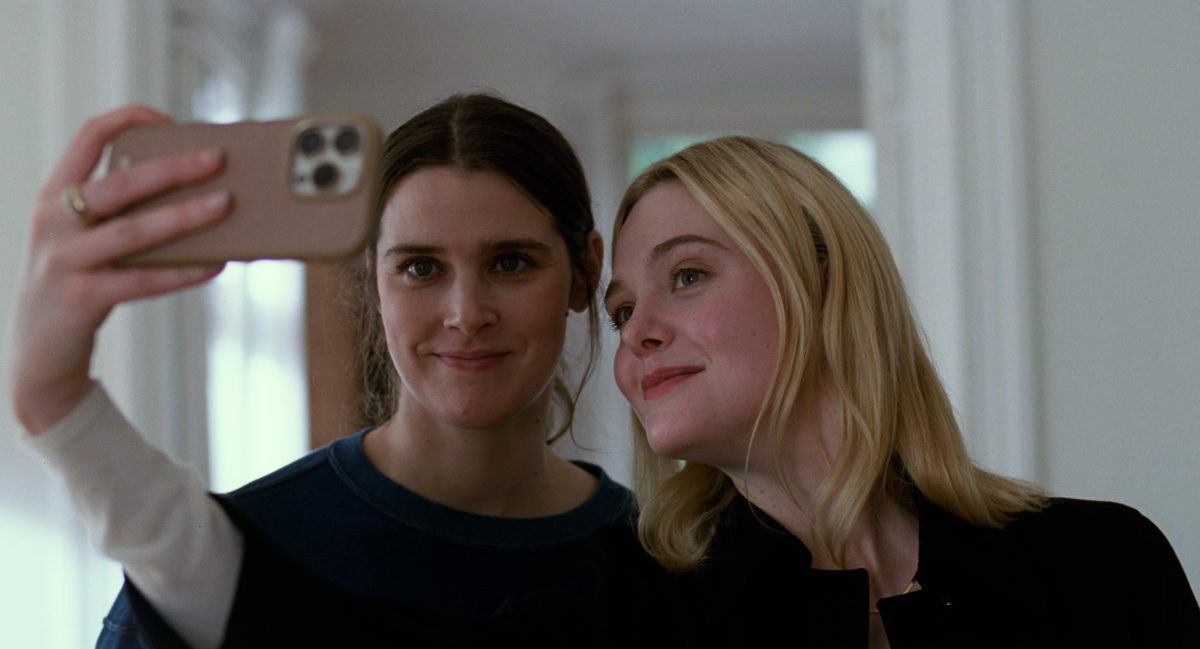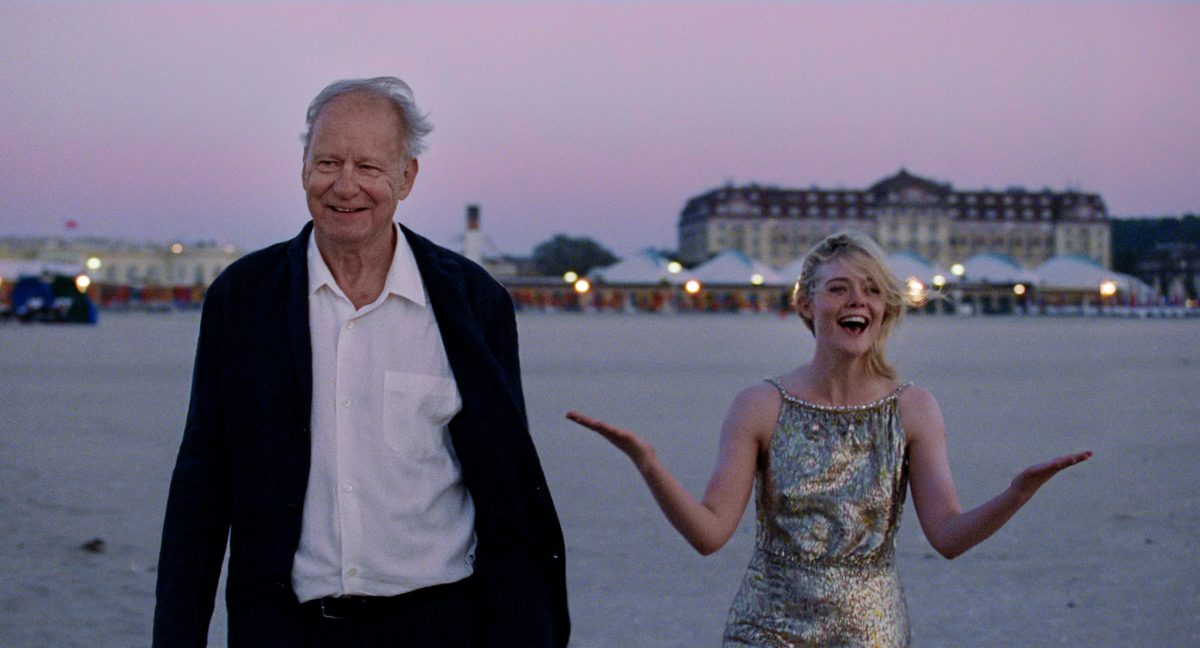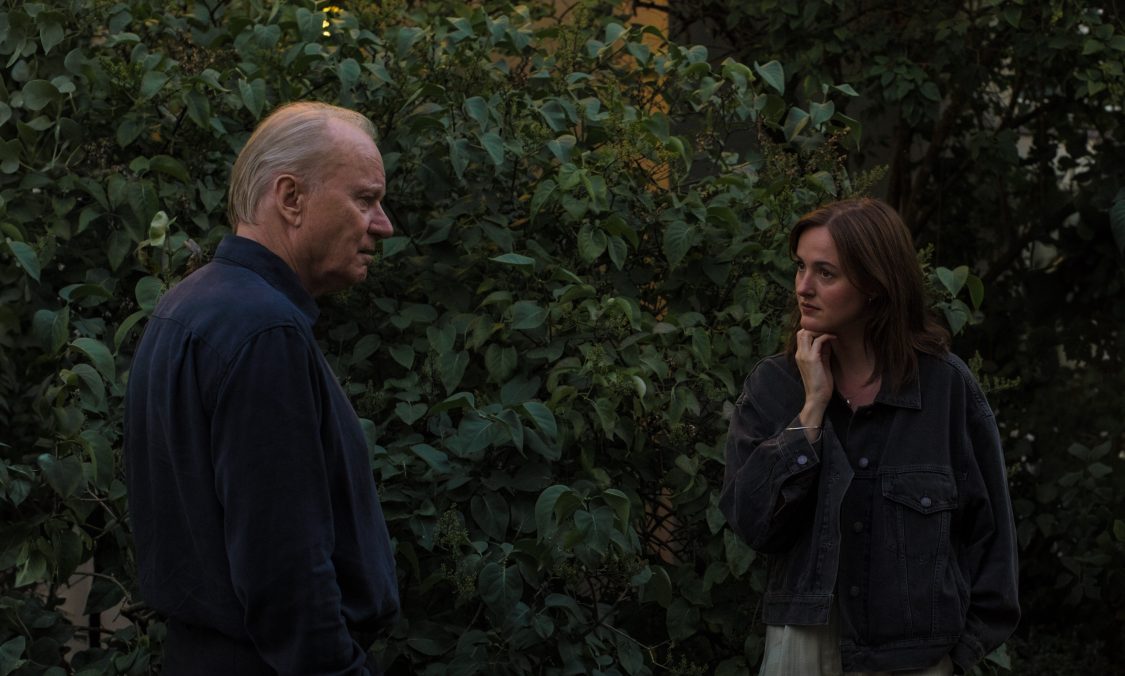Family, Forgiveness, and the Cost of Creation
Joachim Trier’s Sentimental Value is a delicate, deeply human drama about the invisible weight that binds—and breaks—families. The film invites audiences into a world of buried resentments, unspoken love, and creative obsession, blending quiet humor with aching honesty. At its heart lies a story about people trying to repair what time and pride have fractured.
The premise is simple, yet the emotional resonance is anything but. After the death of their mother Sissel, two estranged sisters, Nora Borg (Renate Reinsve) and Agnes Borg Pettersen (Inga Ibsdotter Lilleaas), return to their family home in Oslo. Waiting for them is their father, Gustav Borg (Stellan Skarsgård), a once-lauded filmmaker desperate to resurrect both his career and his legacy. When he offers Nora the lead in his latest film—a semi-autobiographical story about the tragedy that once defined their family—she refuses, forcing Gustav to cast an American star, Rachel Kemp (Elle Fanning), instead. What follows is a collision of art and reality that exposes every hidden wound this family has tried to bury.

The Weight of Art and Memory
At its core, Sentimental Value is a film about storytelling itself—how we use art to process pain and how easily that process can reopen old scars. Gustav’s obsession with turning his family’s history into cinema is both selfish and heartbreaking. Through his lens, he sees redemption; for his daughters, it’s a reopening of trauma.
The screenplay balances tenderness with discomfort, using humor in moments that would otherwise be unbearable. Trier captures the absurdity of grief—the awkward silences, the misplaced laughter, the half-remembered details that linger like ghosts. The film feels deeply lived-in, as if these characters have existed long before the first frame and will continue long after the credits roll.

Performances That Hit Deep
Renate Reinsve delivers another emotionally layered performance, portraying Nora as someone both brittle and brave. Her refusal to take her father’s offer isn’t rebellion; it’s survival. She navigates anger and compassion with equal precision, revealing how love and resentment can coexist in the same breath.
Stellan Skarsgård, meanwhile, gives Gustav a tragic dignity. He’s manipulative, yes, but never monstrous. His face—creased by time and regret—tells its own story, often conveying more in silence than in dialogue.

Elle Fanning brings a fragile magnetism to Rachel, the outsider who becomes a mirror for the family’s dysfunction. Her interactions with Gustav are among the film’s sharpest moments, quietly exploring how the artistic process can blur boundaries between empathy and exploitation.
Even in smaller roles, the ensemble shines. Inga Ibsdotter Lilleaas grounds the film with quiet warmth as Agnes, while Anders Danielsen Lie adds understated depth as Nora’s colleague Jakob. Every performance feels precise and alive, contributing to the film’s emotional ecosystem.
A Study in Shadows and Silence

Visually, Sentimental Value is masterful. Trier and cinematographer Kasper Tuxen use shadows, reflections, and soft Nordic light to externalize memory and regret. Interiors feel intimate yet isolating—rooms filled with warmth that somehow make you colder. The use of mirrors and windows is striking: characters constantly frame themselves within frames, hinting at how perception defines truth.
The sound design amplifies this subtlety. Dialogue feels naturalistic, but silence carries equal power. When the camera lingers too long, or the score retreats into stillness, it forces the audience to sit in discomfort with the characters.
And then there’s the humor—a dry, observational wit that cuts through the melancholy. It’s a reminder that even in sorrow, people find ways to laugh, to deflect, to survive.

Themes of Grief, Purpose, and Redemption
What elevates Sentimental Value is its refusal to offer easy closure. It understands that healing isn’t a single act but a lifelong process. The sisters’ contrasting lives—one fueled by ambition, the other by security—reflect two sides of grief: motion versus stillness.
The final act is where everything lands. Trier closes the film not with spectacle but with quiet revelation. A phone call, a final glance, a shared silence—it’s here that Sentimental Value transcends its narrative and becomes something deeply spiritual.
By the end, the film asks questions rather than answering them: How do we measure our worth? Can art truly save us from regret? And what, ultimately, do we owe the people who raised us, for better or worse?
Cinematic Honesty

The craftsmanship is undeniable. Every detail—from costume texture to lighting cues—feels considered. The pacing may be deliberate, even slow at times, but it mirrors the emotional rhythms of real life. Trier’s direction is confident but never showy, allowing the actors and the writing to breathe.
While some may wish for more narrative propulsion or conventional drama, that restraint is the film’s greatest strength. It trusts its audience to sit in complexity, to reflect rather than react.
In a year of bombastic blockbusters and emotional shorthand, Sentimental Value stands out as a work of quiet power—a reminder that cinema’s greatest gift is empathy.
Final Reflection

Sentimental Value leaves you in silence. It’s not the kind of film you clap for; it’s the kind you sit with. You think about your family. You think about conversations you never had. You think about how love can feel like both a wound and a cure.
Joachim Trier has crafted a film that captures the fragility of being human—the ache of trying to connect, the courage to forgive, and the art of finding beauty in broken things. It may not reach the grandiosity of his past hits, but it lingers longer, whispering truths that only grow louder with time.
Verdict
A delicate exploration of grief, love, and legacy. Trier’s latest reminds us that even broken families can find beauty in the cracks.
Editor-in-Chief | Owner
I’m a dedicated aficionado of all things movies, pop culture, and entertainment. With a passion for storytelling and a love for the silver screen, I’m constantly immersed in the world of cinema, exploring new releases, classics, and hidden gems alike. As a fervent advocate for the power of film to inspire, entertain, and provoke thought, I enjoy sharing my insights, reviews, and recommendations with fellow enthusiasts.

